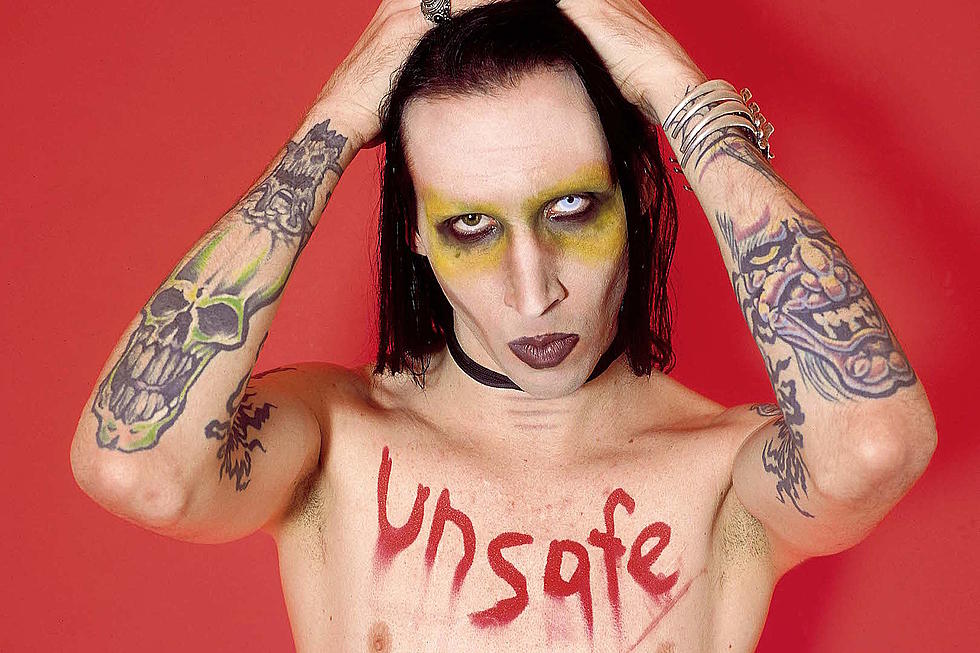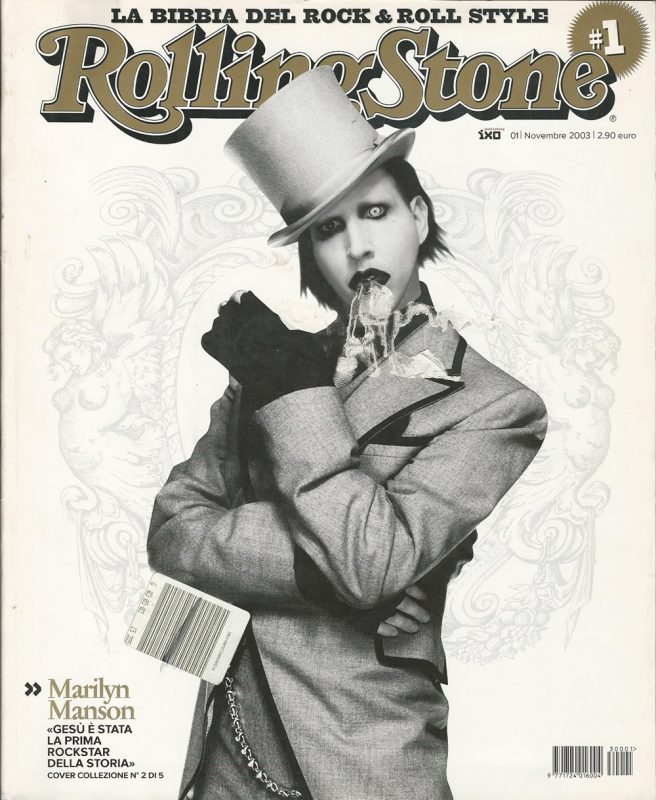Trigger Warning: Discussions of Sexual, Physical and Psychological Trauma.

It’s 2001.
I’ve just started high school, and I’m an overweight redhead with undiagnosed ADHD. To say I had trouble making friends is an understatement; I got used to people actively avoiding me. I spent a lot of time on my own, playing games like Grand Theft Auto, using them to escape my awkward early teenage reality. To me, Marilyn Manson is one of the unsung heroes of my generation.
The complete rejection of anything considered “old-world”, his lack of Christian morals, a sense of danger and being an outlaw. To me his music was a firebrand; artists like him and Eminem smashed the boundaries of what was considered bad taste, cutting through the bullshit of being spoken down to and hooking into the way I felt. To me, it wasn’t just music, it was a bold declaration against the suffocating nature of a culture rigidly defined by religious and moral norms. These beliefs were reflected in his overall attitude – his persona, his stage presence, his lyrics – were an open, defiant challenge to the status quo.
It’s 2003.
I’m still an overweight redhead with undiagnosed ADHD. Two maniacs perpetrate a terrible mass shooting at Columbine high school. Amongst the usual cacophony of blame, Marilyn Manson has the finger pointed squarely at him as being somewhat responsible for these individuals’ actions. In Michael Moore’s documentary Bowling for Columbine, Moore affords Manson what so many hadn’t: the right of reply. He spoke eloquently about the plight of these young men, and about his perceived role in the tragedy:
“I think it’s easy to throw my face on the TV because I’m, in the end, a sort-of poster boy for fear.”
When Moore asked him what he would say to them if they were here right now:
“I wouldn’t say a single word to them. I would listen to what they had to say, and that’s what no one did.”
His grace in the face of these pretty baseless accusations, and his seeming compassion for the perpetrators, cemented my opinion of him as a man and artist – that he was a misunderstood genius who would be demonised simply for being beyond the understanding of his many critics.

It’s 2012.
I’m still an overweight redhead, but at least my ADHD has been diagnosed. I’m watching Californication, and Marilyn Manson – an artist I had not heard or thought about for a long time – makes a brief cameo. I took the opportunity to do an idle Google, finding out that he was still making music and touring. I had left that angry young man phase of my life behind, for the most part, but I still had a soft spot for him and his music.
It’s 2021.
I’m reading an investigation that details the last 30 years of Brian Warner’s life – from renting an apartment complete with an alleged torture chamber he refers to as the “Bad Girls Room” to hospitalising band members, alienating former mentors, and the development of his substance abuse issues. The lines between Brian Warner the man, and Marilyn Manson the amoral demonic provocateur seem to have entirely blurred. It appears, for all intents and purposes, that Warner has in his own head become Manson.
Those who have been closest to him – his romantic partners – detail some horrific and disturbing details of their relationships with him. While details of the physical side of the abuse are enough to turn my stomach, it is the psychological games – the manipulative, downright sadistic methods he used to control these women – that make my skin crawl and my jaw clench. He used threats of violence and his position as a celebrity to coerce numerous partners into either being with him or staying with him. According to several of his accusers, he used techniques like forced drug-taking, sleep deprivation, and starvation as methods to control them.
“Multiple people who knew him say Warner was a master of cult-like mind-control techniques, such as asking his employees, girlfriends, and hangers-on to monitor one another and report any dirt back to him.” – Grow, Newman November 2021.
In addition to this systematic abuse of his romantic partners, he has been physically violent with numerous members of his entourage, including tour managers, band members, and security.
It’s 2021, and I can no longer in good conscience call myself a fan of Marilyn Manson – either as a man or as an artist. The former appeal I found in his antics has been replaced by a bitter taste in my mouth, as I reflect on his actions through the years in a new light. His allusions to rape, his casual misogyny. The extreme and graphic nature of his stage shows. Things that I took to be part of an act, part of his art, were in fact an uncomfortable glimpse into who this man was becoming. Or perhaps who he has always been. They take on a new and disturbing context when viewed in light of the investigation that has just been published. Chalking it up to “he’s a rock star” is not an excuse either. If even a fraction of what has been alleged against Manson is proven true, he deserves to be tried and punished for what he has done. His behaviour is in no uncertain terms despicable and completely indefensible.
For a more detailed account of the investigation into Manson, check out Rolling Stone.
If you or someone you know are suffering abuse, please call 1800-RESPECT (1800 737 732). White Ribbon is a 24-hour national sexual assault, family and domestic violence counselling line.







